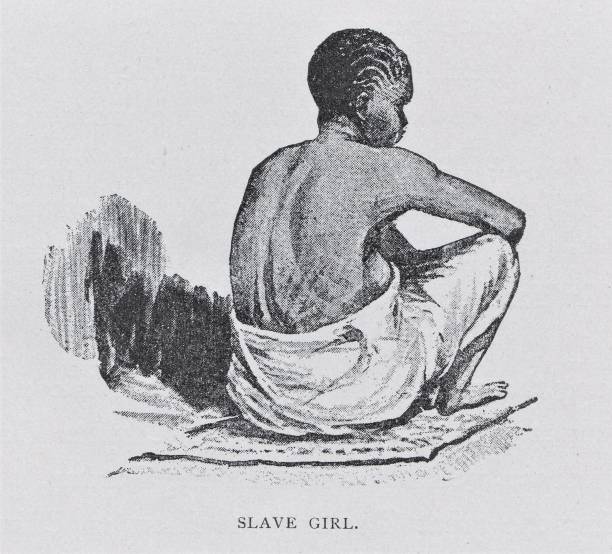introduction
Welcome to Crowned, our new series about the historical backdrop of Black hair. Facilitated by senior virtual entertainment proofreader Star Donaldson, Crowned investigates the set of experiences and customs that have formed the Black insight and the haircuts conceived out of them. In our presentation episode, we profound jump into cornrows, a customary Black hairdo with rich social importance. Go along with us in finding out more. This series is investigated by Christine Forbes and Oluwatobi Odugunwa.
It’s not difficult to feel like the excellence world is a steady rotating entryway. Crazes and equations come — remain for some time — and immediately vanish as the following one makes that big appearance. All things considered, barely any styles rise above what’s moving and have rich social significance. Cornrows are one of them. The style is pervasive in this day and age yet has attaches tracing all the way back to antiquated Africa. While the look is a typical decision among many, there’s a ton of rich history that slips by everyone’s notice.
The History

“The principal thing to realize about cornrows is they were made explicitly for wavy, coily. And tight-finished hair,” Donaldson says, stressing those surfaces are normally fragile hair types. “A plaited style, as cornrows, safeguards [hair] from dampness misfortune and breakage.” It’s the reason cornrows. And numerous other interlaced looks, are delegated “defensive” styles.
The interlacing method is innovation first at its center. Zeroing in on twisting different examples (from directly to crisscross) against your scalp. Alone. Cornrows are a smooth, low-upkeep style that can keep going for quite a long time. Be that as it may, they likewise go about as a perfect base for different styles like sew-in expansions and hairpieces. The opportunities for cornrow looks are interminable. However that doesn’t mean it’s absolved from analysis, segregation, and deception.
“Interlaces [cornrows] are many times appropriated by non-Black individuals. Donaldson makes sense of. “Twists are much of the time seen as a pattern rather than a style that was made explicitly for these surfaces.” While meshes of different sorts have generally been utilized in various societies. Cornrows were unequivocally intended for afro-finished hair. Cornrows dated far back to 3000 B.C.. Especially in the Horn and West shores of Africa. genyoutube
In the mid 1500s, the style was utilized as a correspondence medium among different African social orders. That were subsequently compelled to move to the Americas as slaves. Where their traditions followed. “In Africa, twists were a method for showing individuals what your identity was. Donaldson says. “They implied your clan, your conjugal status, your riches, religion, and that’s just the beginning.” Blacks were additionally dehumanized during subjugation by having their hair style off. Which estranged them from their family members. Homes, and — at last — their personalities.
Representation of individual with cornrows
Renaming, benefitting, and co-picking the social importance and history of cornrows — and other generally Black styles — effectively takes part in the eradication and negligence of the Black insight. Take non-Black VIPs like Bo Derek, Kim Kardashian, and Katy Perry, for instance, who have appropriated the style, in any event, referring to them as “fighter meshes.”
It represents a much greater issue when, in later times, Black individuals are as yet victimized in light of their hair surface and decisions, including cornrows. In 1980, Renee Rogers sued American Airlines when the organization requested she not sport cornrows to work. In 2000, a Wisconsin educator effectively cut off seven-year-old Lamya Cammon’s plaits before her early age school class. These occurrences do exclude the incalculable instances of segregation that go unreported or implicit. “That is the reason it’s essential to the point that when you see cornrows today, it’s so vital to perceive that Black individuals are oppressed and even face employment cutback for donning cornrows,” Donaldson stresses. “Non-Black individuals simply don’t.”
Dark hair is Black history.
In 1999 Venus Williams donned cornrows with beaded closes, which were announced problematic at the Australian Open. Just a long time back in 2019, Gabrielle Union recorded a segregation grumbling against her manager, America’s Got Talent, subsequent to getting racially unfeeling remarks concerning her hair, including that her styles were “excessively Black.” It portrays the variations between Black qualities and styles and individuals who are policed versus those celebrated.
The Future
Regardless, it doesn’t delete the magnificence of cornrows. Performers like Alicia Keys, Tracee Ellis Ross, Laverne Cox, Beyoncé, and that’s just the beginning, rock cornrows on and off honorary pathway — further exhibiting its flexibility. Beauticians and powerhouses proceed to improve and impart their work to the world via web-based entertainment, filling in as motivation for millions on Instagram, Pinterest, and YouTube. Items both mass and non mainstream are developing to constantly take care of the novel requirements of Black hair surfaces — including plaits.
Regulation, similar to The CROWN Act, is being executed across the United States to guarantee that Black individuals can’t be victimized in view of their regular hair surface and style — including cornrows. As the pages in the set of experiences books keep on turning, so will the lovely story of cornrows. “Plaiting is an image of steadiness and custom,” Donaldson says. “In particular it advises us that Black hair is Black history.” And it ought to be dealt with and commended thusly.

